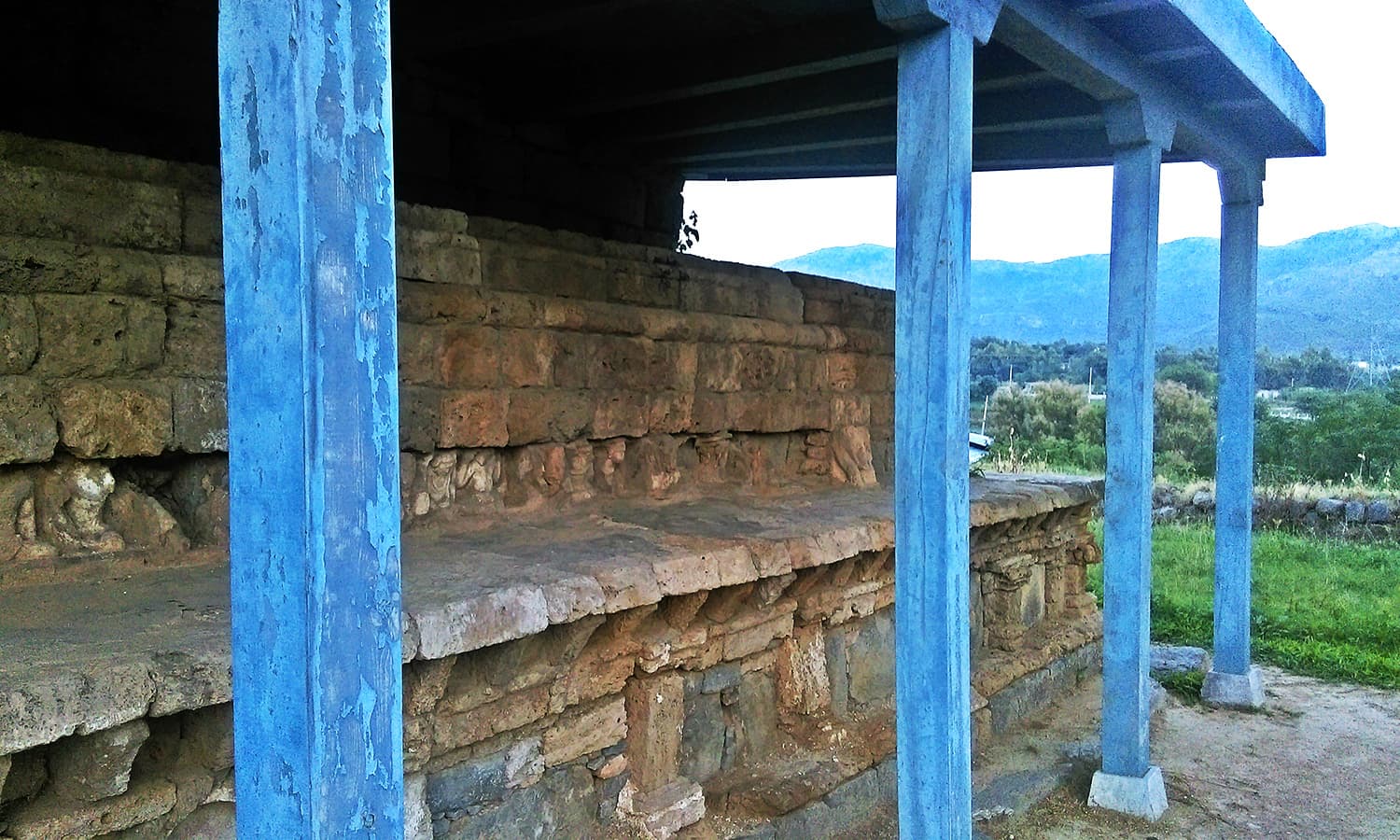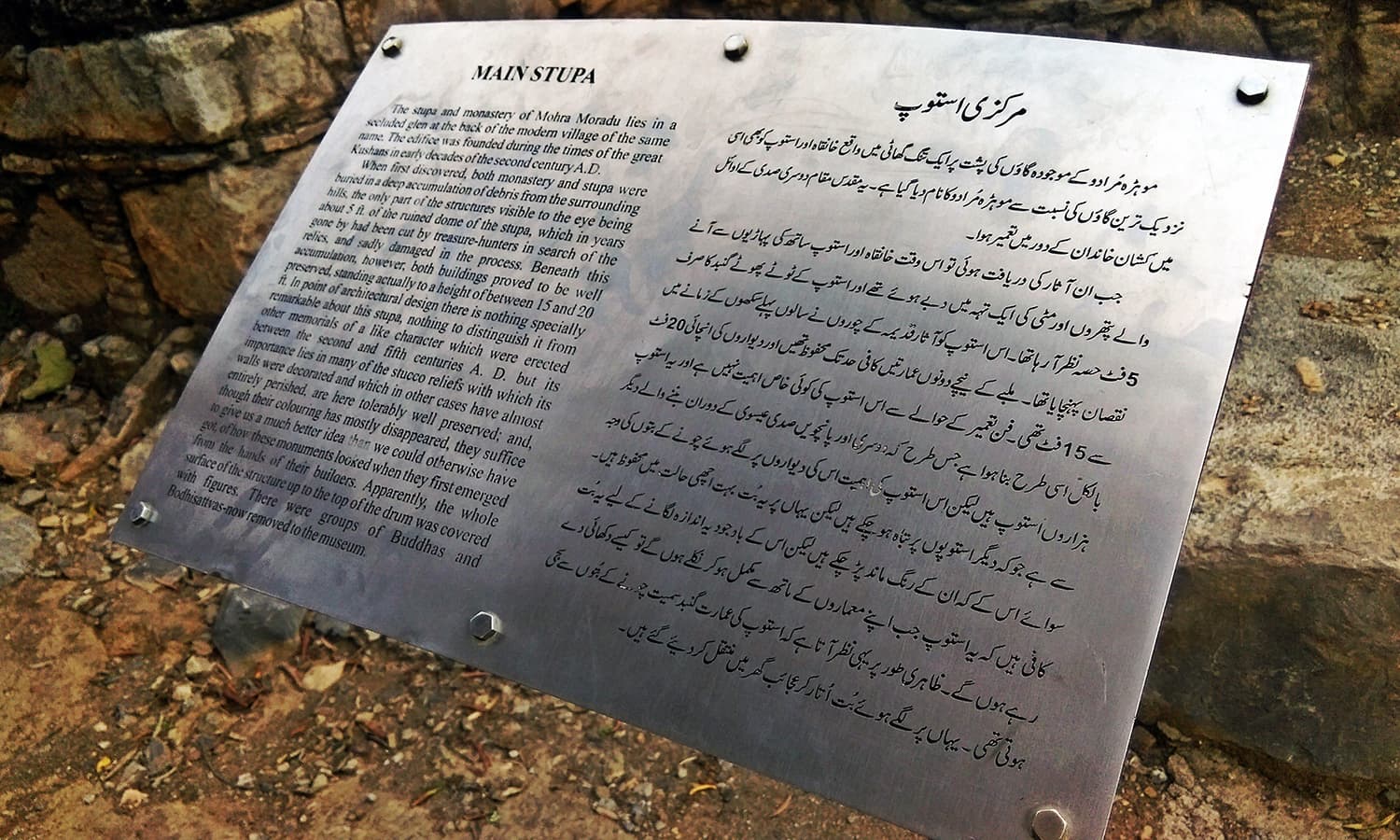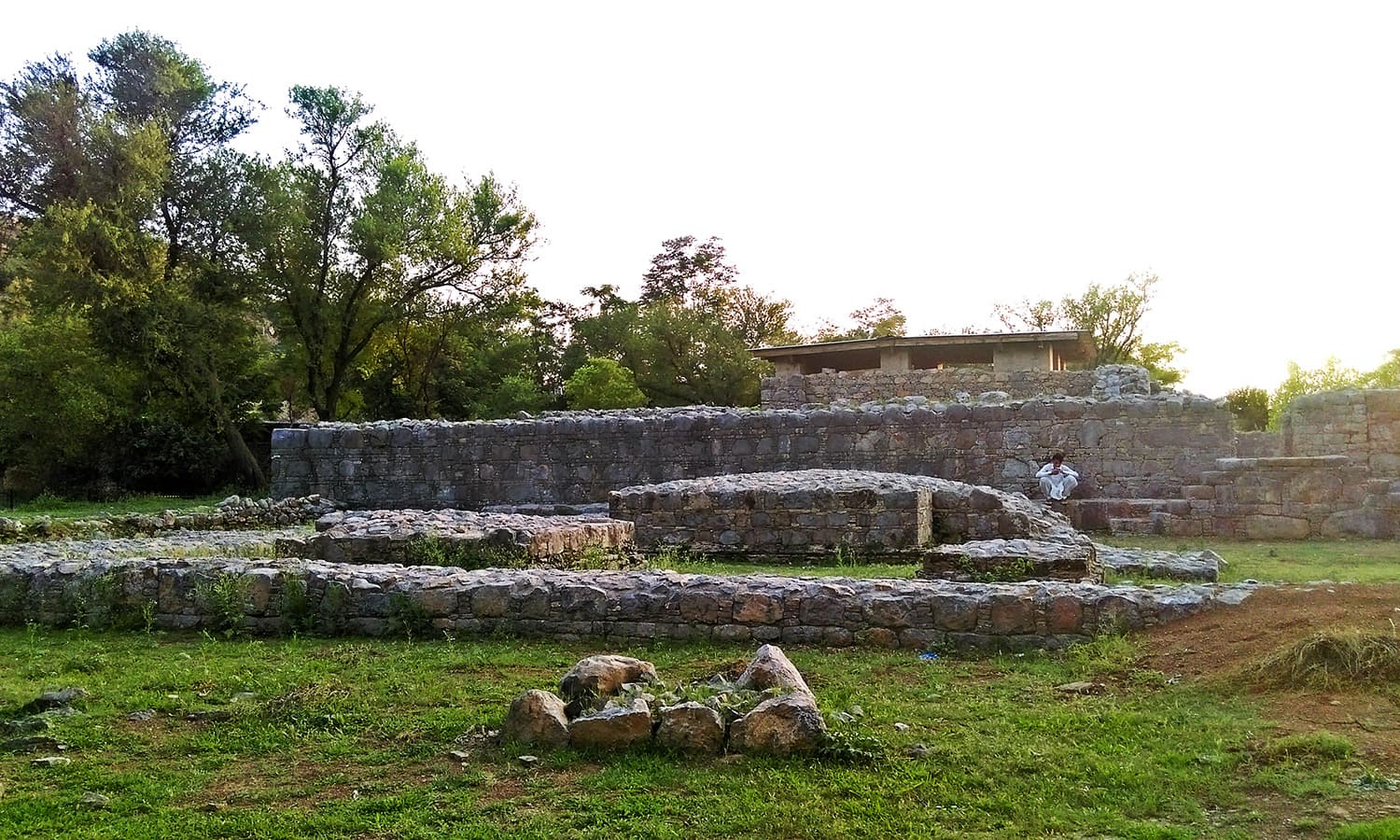Pakistani Fighter
ELITE MEMBER

- Joined
- Jul 4, 2011
- Messages
- 9,119
- Reaction score
- -5
You always speak and bring in Islam and 'Mullahs'no liberal.
Follow along with the video below to see how to install our site as a web app on your home screen.
Note: This feature may not be available in some browsers.

You always speak and bring in Islam and 'Mullahs'no liberal.

Ahh the great wise old sage of pdf again sees fit to offer unsolicited lifestyle advice to the simpletons who dwell within his gated housing association. I humbly thank you for this boon and indeed, the suggestion proffered, which is duly noted. As always, I take it as inherently complimentary that I have elicited a response from you sir.Very, very rarely have I come across such a muddled mind. Bless you and may you stay safe. The world is a truly dangerous place.

Ahh the great wise old sage of pdf again sees fit to offer unsolicited lifestyle advice to the simpletons who dwell within his gated housing association. I humbly thank you for this boon and indeed, the suggestion proffered, which is duly noted. As always, I take it as inherently complimentary that I have elicited a response from you sir.

You always speak and bring in Islam and 'Mullahs'

Actually it's Religion. The reason is same as you will never teach your students about Ashraf Ali Thanwi or Molana Mododi, or Shah Muhaddis Dehelvi or Ahmed Raza Khan Barelvi.Why is great philosopher Kautilya not part of Pakistan’s historical consciousness?
[ FROM A PAKISTANI WRITER : SAIF TAHIR ]

Source : https://www.dawn.com/news/1348014
When nearby residents tire of the daily grind, and when the temperatures soar in the summer, they seek respite at the glistening Khanpur Lake, located in the Haripur District of Khyber Pakhtunkhwa.
But on the way to Khanpur, just beyond the precipice of Taxila, one notices there a signboard that has rusted with age. Mohra Muradu Remains, it says, marking a thin road that snakes off into lush fields reminiscent of all those beautiful vistas you might see in a nature documentary on Pakistan
Walking along the road, one sees a small village perched upon a mountain, and a stream that rumbles with the authentic, tidal force of Mother Nature.
East of that stream are the remains of an old settlement, fairly preserved: a large stupa and other structures crafted out of black stone, the remnants of a 2nd century BC monastery called Mohra Muradu.

The Mohra Muradu monastery lightly kissed by sunlight. - Photo: Saif Tahir
Mohra Muradu was one of the 18 monasteries – Jolian, Dharmarajika, Sirkap, and Pipplan being the other important ones – that constituted Takshashila – the world’s first known university and a powerhouse of academic knowledge.
It is to be noted that although the word ‘university’ was not invented back then, Takshashila, which was formed in 7th century BC, functioned very much like a university.
The Buddhist sacred scriptures, the Jatakas, mention Takshashila as a centuries-old centre for learning. It was here that the Mahabharta was first said to be recited.
The rise of Gandhara, a kingdom in the northwestern region of present-day Pakistan, had a significant impact on Takshashila’s growth. The university offered 63 courses that included Vedas, astronomy, philosophy, surgery, politics, warfare, commerce, music, archery, and other performing arts.

A stupa of the Dharmarajika monastery. - Photo: Saif Tahir
According to other Buddhist texts, such as the Pali Canon, Brahmin princes and students migrated from far distances to enroll at Takshashila, and its alumni include a thorough list of notables: Jatopil, the commander in chief of Banaras; Jivaka, who cured Buddha; Parasasenajit, the ruler of Kosala; Panini, a great grammarian; and Charaka, a famous physician.
But perhaps the institution’s most noteworthy alumni is the legendary political philosopher and thinker, Chanakya, better known as Kautilya, the author of Arthashastra, often compared to the Italian mastermind Machiavelli and his book The Prince.
There is a popular South Asian adage: "jo gur se maray, usay zehar kyun do". The saying originates from an intriguing interaction between a prince, Maurya, and Chanakya, back in 330 BC.

The Dharmarajika monastery's remains. - Photo: Saif Tahir
Maurya was on a stroll one day when he noticed an odd sight: Chanakya, on his knees, pouring honey on to the roots of grass. Maurya approached him and inquired of his purpose, to which Chanakya replied that he was sweetening the roots.
Apparently, Chanakya had tripped over the grass while walking. He decided it was much better to uproot the grass permanently so that he never stumbles over it again, rather than removing it temporarily.
And so he was sweetening the roots, because the colonies of ants under the soil would sniff out the nectar, find it, and nibble through the roots, rendering the grass dead for good.
Impressed by Chanakya’s wisdom, Maurya henceforth hired him as chief advisor for state affairs. This laid the foundation for a long and enduring relationship between Chanakya and Chandra Gupta Maurya – one which helped establish a state so powerful and vast it stretched across the entire Indian subcontinent and lasted for nearly 150 years.
It became the largest (in terms of geographical expanse) and the most glorious empire Indian history has ever witnessed, even larger than the Mughal empire.

The remains of the Sirkap monastery. - Photo: Saif Tahir
Not many are privy to Chanakya’s indissoluble relationship with what's today Pakistan. Born in the suburbs of present-day Taxila, young Chanakya’s burgeoning intellect had him quickly noticed, and for his studies he was admitted to Takshashila, where he rose above the ranks and was hired as a teacher during his 20’s.
His magnum opus Arthashastra talks about various subjects of power and facets of governance. It enlists the duties of the ruler, the associates, and the advisor; discusses intricate matters, such as the art of diplomacy, the rules of unleashing and defending wars, the duties of the state during peacetime; domestic governance affairs like taxation, commerce, law, municipal affairs; social norms and customs; and artisan work, agriculture, medicine, and census.
On one hand, it provides an account of the Chandragupta army – the facts, numbers, weapons – and on the other, it says, “mere numbers do not count for much; without discipline and proper leadership they may become a burden.”

A board reading the history of the Mohra Muradu monastery. - Photo: Saif Tahir
Unlike Lahore – where the city sounds off frequently in recognition of the poet and philosopher Allama Iqbal – Taxila, a much older city, is devoid of any reference to its son, Chanakya. Some time ago, there was an attempt to create a university in his name; however, the political rifts and bureaucratic hurdles relegated it to an unending limbo.
Today, the only references to his existence are the shattered monasteries and the shambled remains of the once-great Takshashila.
Of these monasteries, Mohra Muradu is still a thriving village: an abode to 200 families, encircled by mountains and fields, home also to orchards and olive grafting. The settlement history of the village is unknown, but to locals it is as old as the monastery’s remains.

A view of the Pipplan monastery. - Photo: Saif Tahir
A young university graduate, Anis ur Rehman, runs the only private school in the village. He is proud of his village as being part of the world’s first learning centre, and of it he says: “Mohra Muradu is a historical village. It was always a centre of education and is still an educated village with many graduates and PhDs, some pursuing higher degrees outside the country.”
Sir Syed Ideal School, the school he runs, has a block named after his grandfather, Master Abdul Rehman, one of the first graduates of Aligarh University in Uttar Pradesh, India.
While showing his small school library, named after Chanakya, Anis continues: “I have read about Chanakya and it is a matter of pride for us that we gave the world a philosopher who is revered everywhere.”
Henry Kissinger in his book World Order described Chanakya’s Arthashastra as avant-garde that established hard power as a dominant reality in politics and validated realism much earlier than Machiavelli’s The Prince.
Whilst the world recognises Chanakya's stature as a philosopher, he’s nothing more than another example of how our nation has made someone a pariah without realising what they stood for.
Chanakya is damned for obvious reasons. He is presumed to be a representative of the Brahmin mindset and Hindu culture which we have parted from a long time ago. Merely this was enough to disqualify him from the stature of a learned philosopher of the soil.
Hence, not a single reference of him is found in the country, whereas we already have buildings and campuses named after scientists and philosophers from different eras and places.
Nothing can describe this irony better than The Indus Saga , in which Aitzaz Ahsan writes in the preface: “… a nation in denial of its national identity is unfortunate. But when it chooses to adopt an extra-territorial identity, it becomes a prisoner of propaganda and myths... This is the Pakistan of today, not the Pakistan of its founders. Identity is at the heart of its problem”.
If Pakistan is to come out of its tortuous identity crisis, it needs to accept its non-Muslim history as its own. Recognising someone as important as Chanakya will have to be part of the long process.

If you must know I come from a conservative religious family

why are you emphasising you belong to a conservative religious family?, do some kids not disobey their liberal/conservative family background.
secondly the prime reason why kautilya is not celebrated among south asian muslims is pretty simply, the identity of kautilya is linked to hinduism, indian philosophy was not ever separate from religion (unlike chinese and the greeks), have you even heard of buddhaghosa, nagarjuma philosophies preserved by the hindu traditions? obviously not? the entire buddhist literature is preserved in buddhist countries like srilanka, buddhists of nepal, tibet, china, myanmar, there is zero buddhist literature reported from brahmin or hindu indians. if not for the buddhists outside india, we would have entirely lost the valuable info regarding its philosohy.
Kautilya is important for the south asian history and his statecraft philosophies and info is vital for understanding the indian polities before the common era, but it doesnt mean that arthashastra is not a hindu text.
India must have produced tons of secular works, but none of them exist barring few love poems in maharashtri prakrit.
regards

Firstly my reply was to the other poster nothing to do with YOU
you seem like a 9 year old, grow up, kiddo
regards

Well first india is not an ethnicity so someone expanding into some other part is extending its reach into the area of other ethnic domain. Specially the difference between north and south and east and west indians is very much clear. Even if this doesn't convince you then maurya had extended its kingdom into half of present day Afghanistan and present day balochistan and they under no definition fall under indian ethnicity. Moreover he also battled Seleucid empire and tried to increase his influence further in west and northRemind me where the Mauryas exceeded their ethnic domains.


True...i dont think kautilya,panini ,charka are pakistanis...they might have migrated from india for studies...As you pakistan had always been a land of herders and grazers...it was highly unlikely brahmins like charaka panini and chanakya were born there...they were definitely indiansJust because someone was born on the lands that now form Pakistan in the past doesn't make them native of these areas. The chap kaudalla was most probably a child of a bhayya from far eastern lands whose dad might have arrived here in some city to serve someone. The indigenous people of this land were only herders and grazers as you go back into history. People living in settled areas were mostly immigrants from far flung areas.
That mofo Raja Dahir the so-called "son of the soil" was actually a 2nd or 3rd generation offspring of a brahmin from bhayya land of "kanoj" in modern UP but now he is called "son of the soil of sindh" by some crazy people who are unaware of immigrantion policies of the past during hindu times.

Chakravarti is the close term I can think of.@Joe Shearer Was there any Indian (or even Greek for that matter) equivalent of Chinese title Huáng dì (Emperor of China) or even Tiānzǐ (Son of Heaven) used universally by Indian/Greek rulers?
